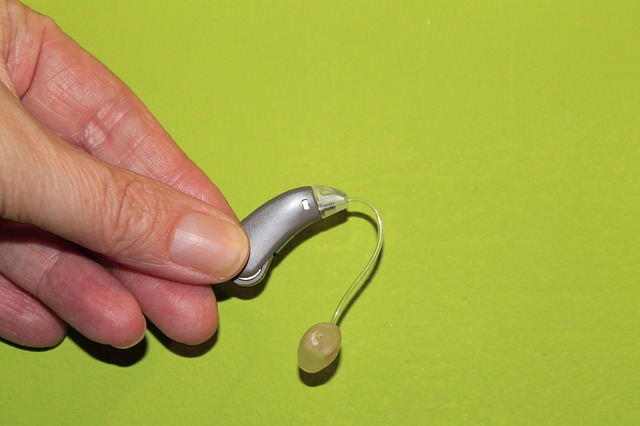A hearing aid is a medical device that improves the sound a wearer hears. A PSAP (personal sound amplification product) also amplifies sound. However, a PSAP does not require approval by the FDA for safety, while a hearing aid does. They are two completely different products, which is essential to know when purchasing a hearing device. Depending on the need and usage, someone looking to amplify sounds in the ear needs to understand how each one works before choosing a hearing device.
Hearing loss affects everyday life. If a diminished hearing issue interferes with daily communication, consider shopping for hearing aid accessories. A visit to a hearing specialist is a valuable first step. Knowing the various features offered and the ability to try out different styles is a benefit of visiting an audiologist before purchasing a hearing device.
Things to Consider When Purchasing a Hearing Aid
Improving sound quality makes communication with others more rewarding. An audiologist can determine the problem’s severity and recommend a hearing aid that provides the best solution for a specific individual’s needs. There are several factors to consider before choosing a hearing aid.
First, decide which features provide the most benefits, and choose the most comfortable style. Consider a rechargeable device if changing batteries is too inconvenient or annoying. Select a hearing aid that offers the best functionality for day-to-day living. With such a wide range of hearing aids on the market, it pays to have insight into what’s available before purchasing a hearing aid.
The Correct Fit and Style Makes All the Difference
Hearing aids are available in several styles, including behind-the-ear (BTE), in-the-canal (ITC), and in-the-ear (ITE) varieties. A BTE hearing aid rests behind the ear and includes an earpiece in the outer ear canal. This hearing device is bulkier than other styles and houses the electronics in a hard plastic case behind the ear. Sound travels from the electronic portion to an ear mold that rests inside the outer ear. It is by far the most common hearing aid style around the world.
An ITC hearing aid snugly fits in the outer portion of the outer ear. It’s relatively discreet, and the custom-tailored design gives it an exact fit. All the electronics are self-contained within the unit, and its large surface area keeps it from falling out when eating, talking, or moving about.
An ITE hearing aid sits inside the ear canal and is virtually invisible, making it the most popular choice. Like the ITC, each ITE hearing aid is custom-made to ensure a perfect fit. No wires or tubes are visible, giving the ITE the smallest hearing aid profile.
When to Consider a Rechargeable Device
Changing batteries isn’t easy for everyone. People with limited hand motion or arthritis often find simple tasks, like changing a battery, hard to do. A rechargeable hearing aid simplifies the task. When the hearing aid is not in use, place it on a charger until it’s needed again. For individuals who are always on the go, some rechargeable hearing aids can connect to a power bank or an in-car charger with the right cables. Life does not need to slow down because of a hearing aid.
It’s Time to Hear Things Again
Hearing aids reawaken the world of sound that many people thought they lost for good. By consulting an audiologist, the perfect design and style of a hearing aid will improve the quality of life for the person wearing it.







Recent Comments